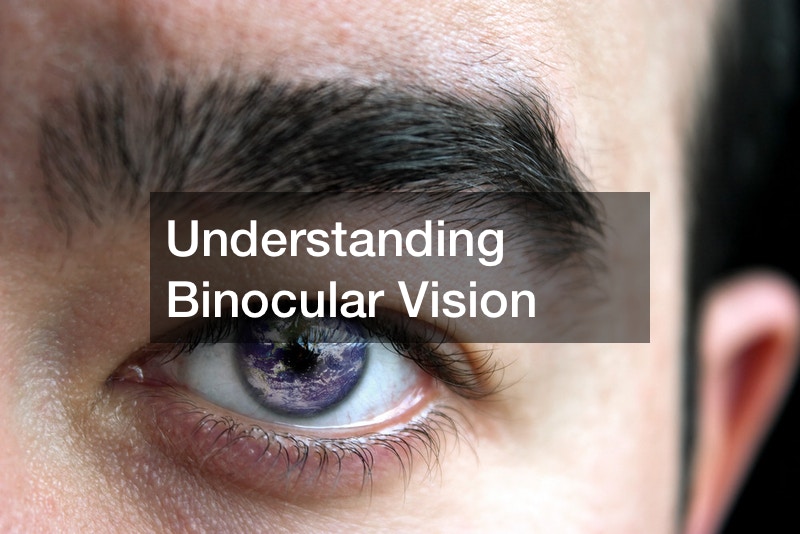
The video is about the possible cause of visual impairments and blindness. It discusses how different eye problems may occur and what causes them. While these disorders can lead to various symptoms, they all may result in reduced or impaired binocular vision or even complete blindness.
Understanding binocular vision is essential to help diagnose binocular vision disorders.
Binocular vision lets us perceive the three-dimensional world around us, not just one polarized flat retinal image. Our two eyes accomplish this by working together, making it possible to perceive and interact with our environment stereoscopically.
When binocular vision works correctly, both eyes are aligned so that their visual axes (line of sight) converge at a single point in space as they look forward. If the eyes are misaligned, a person’s ability to perceive three-dimensional space behind them will be reduced or even eliminated at a particular point.
Binocular vision also allows for the perception of depth and distance. This is how we discriminate one object from another at a particular point in space. This ability to perceive depth is crucial to the perception of motion. If a person has a significant degree of binocular vision deficit, they may experience difficulty recognizing objects moving behind them, even when they are close.
Binocular vision is necessary for us to interact with our environment and is one of the critical aspects of visual perception.



